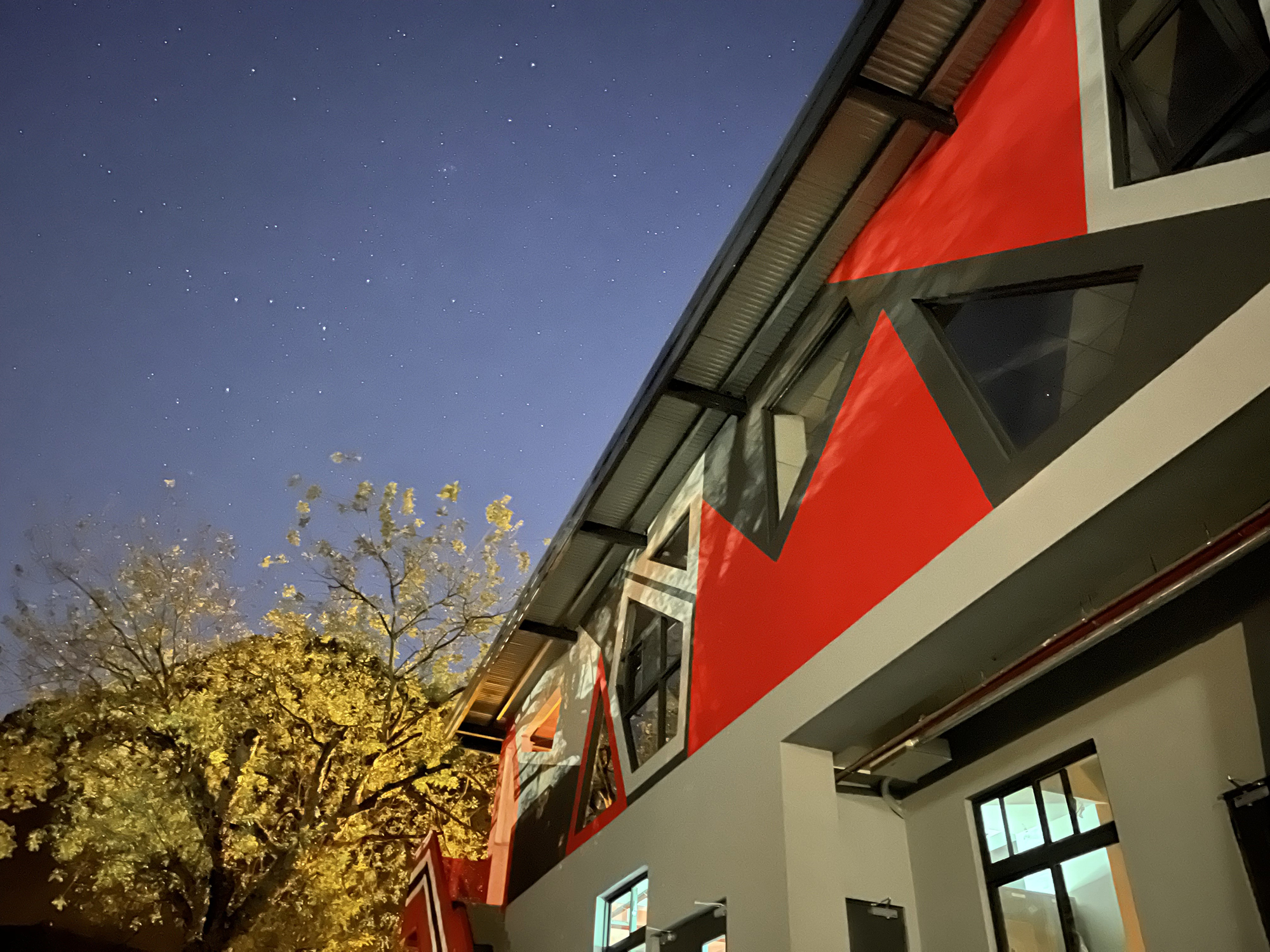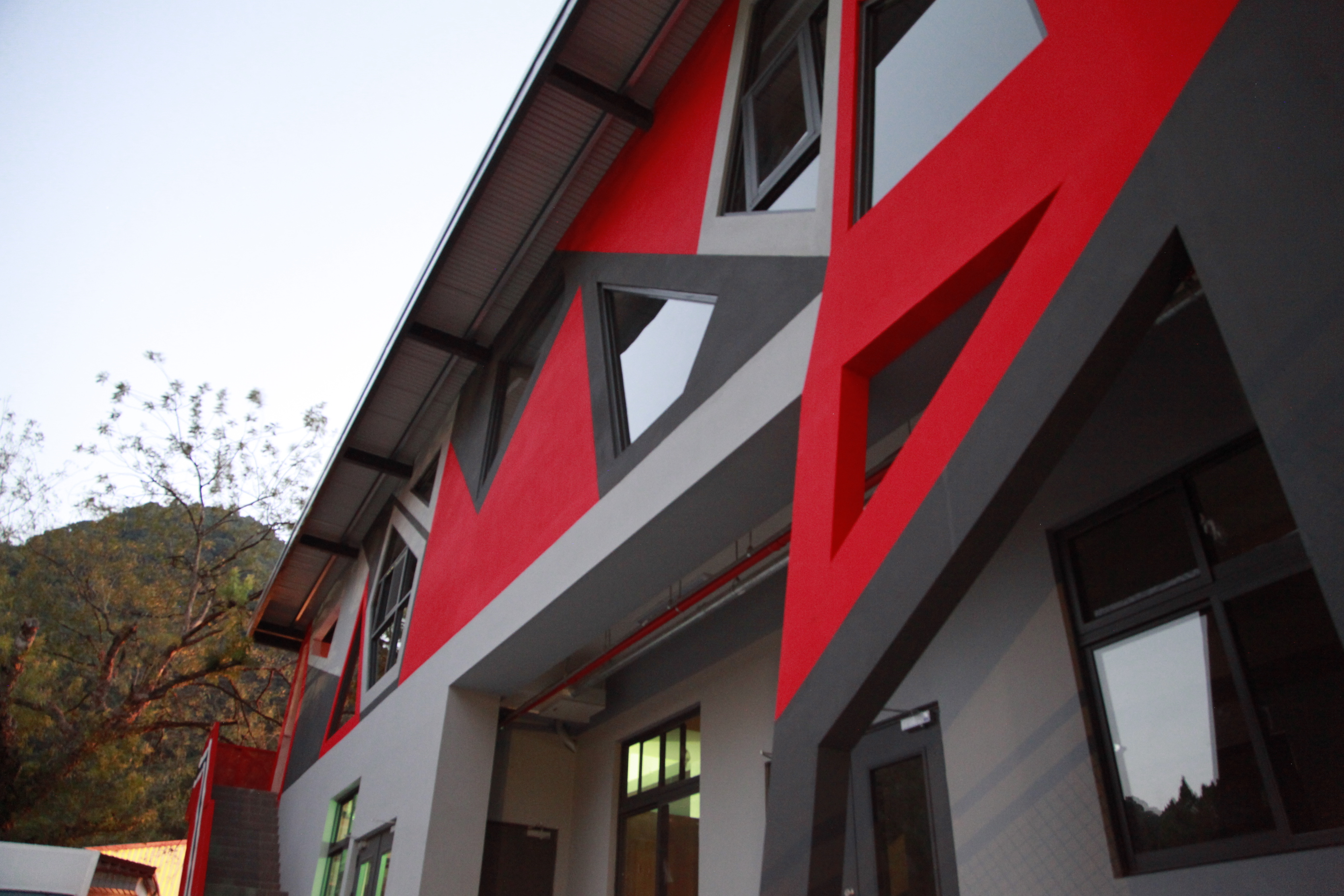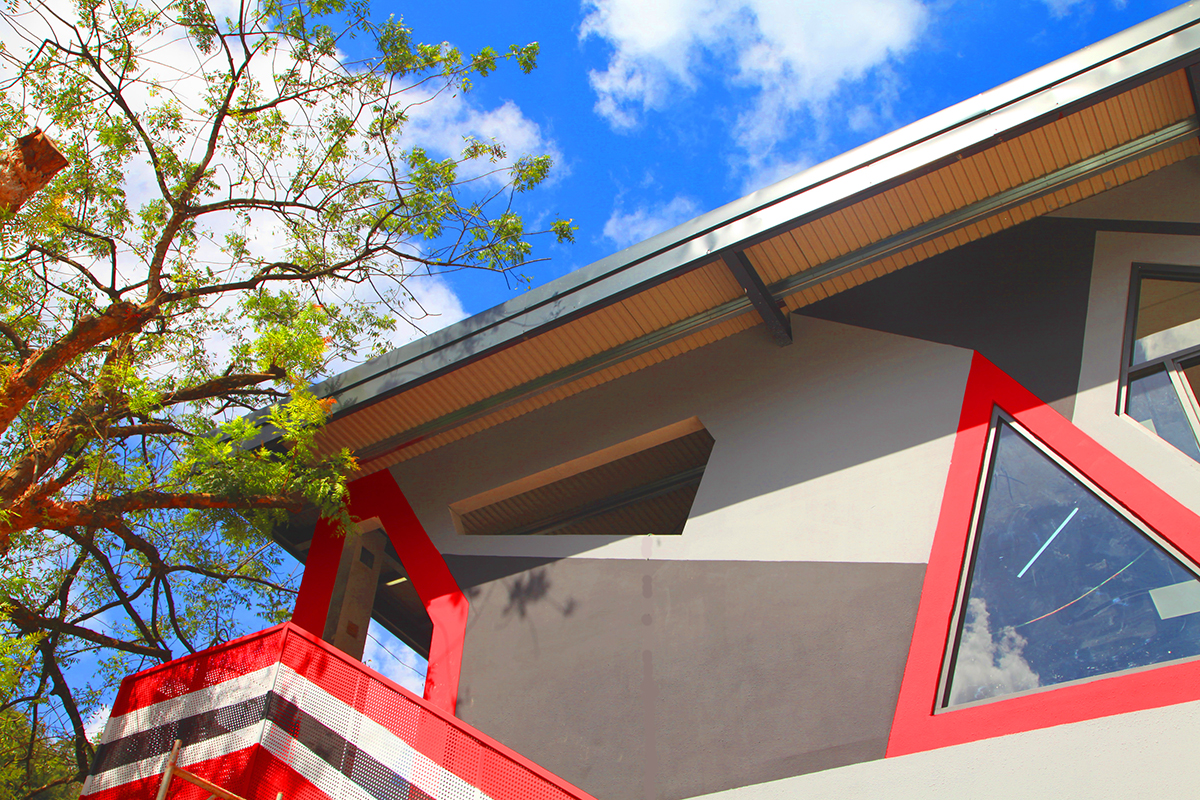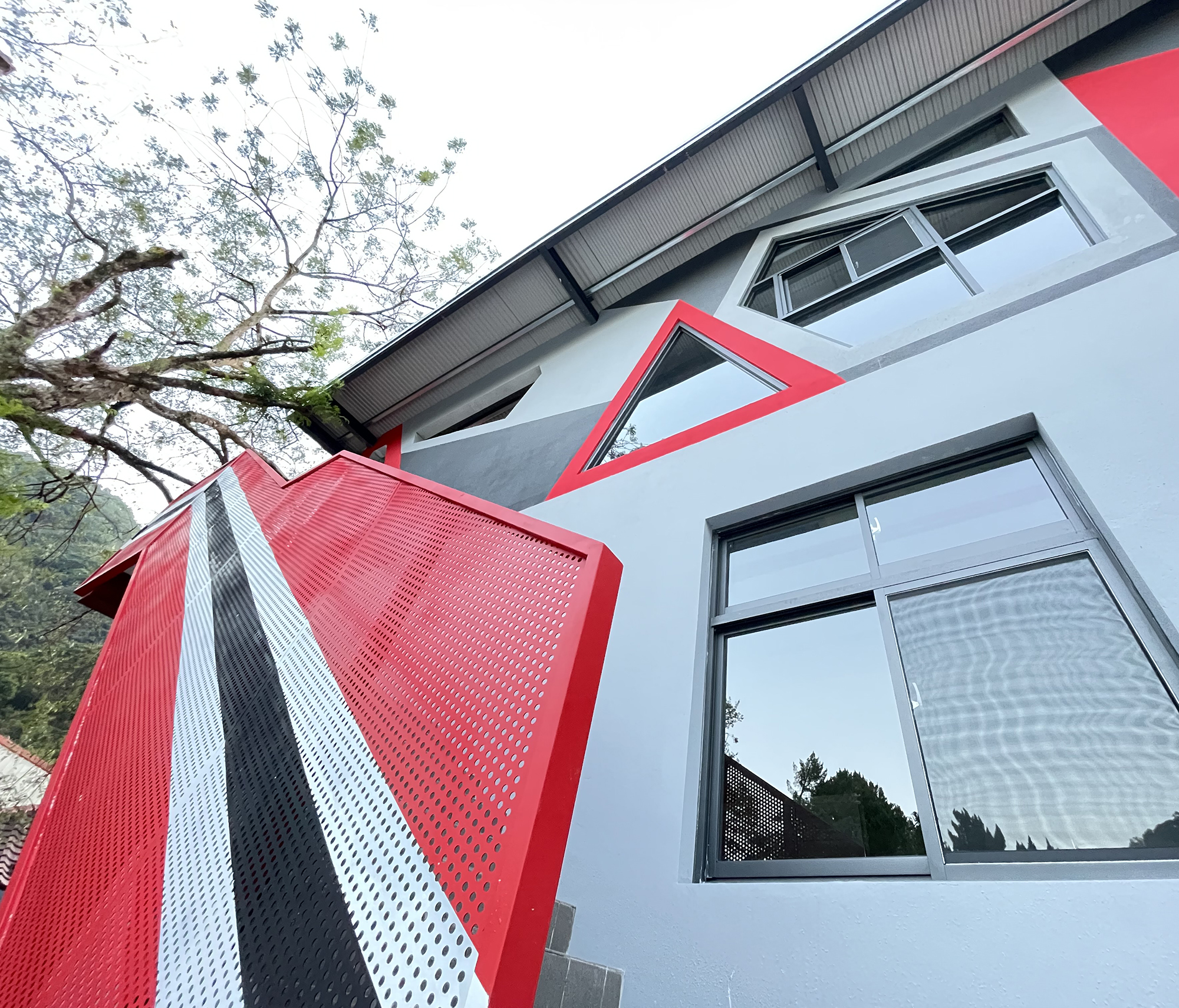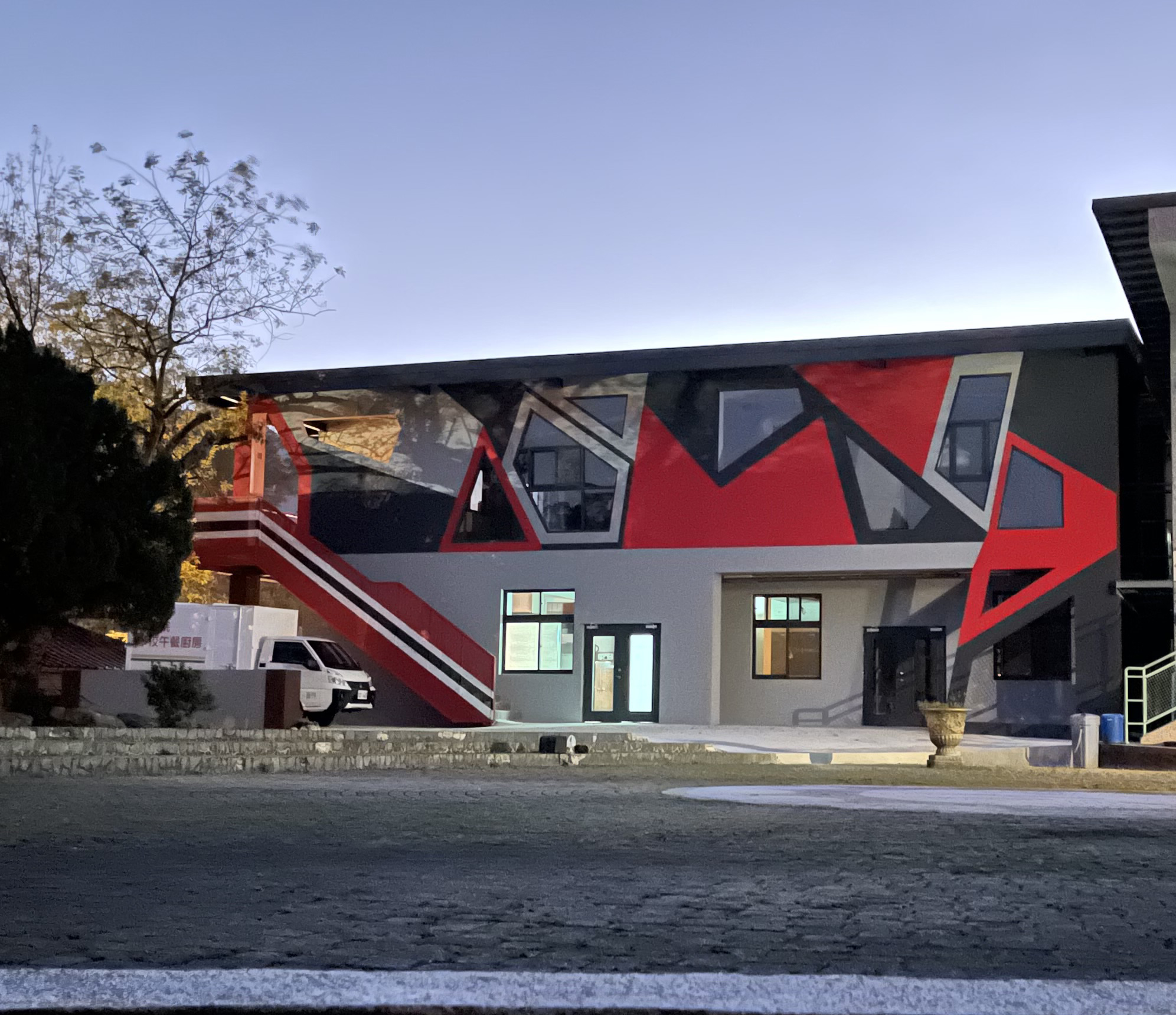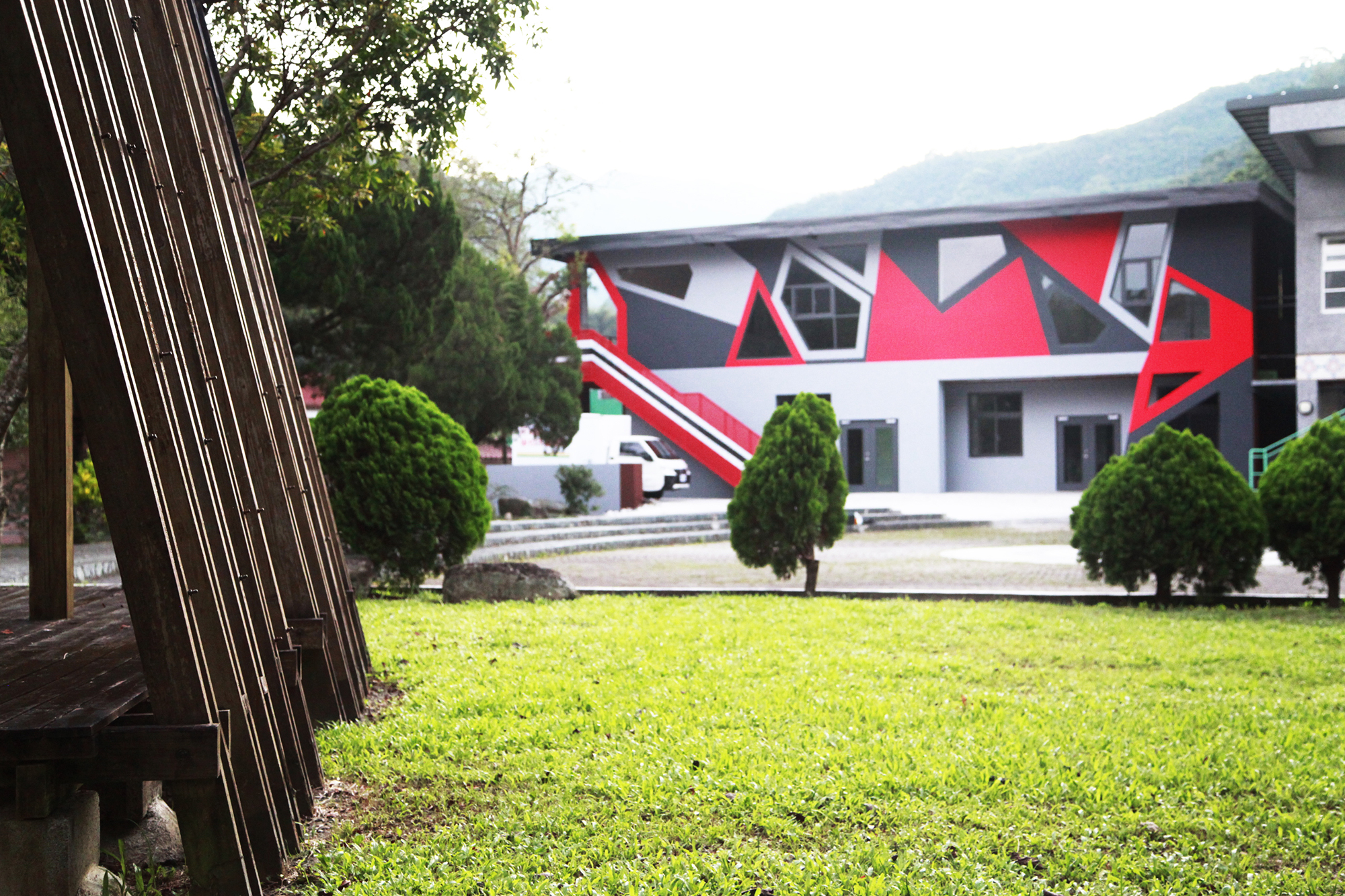Key Dates
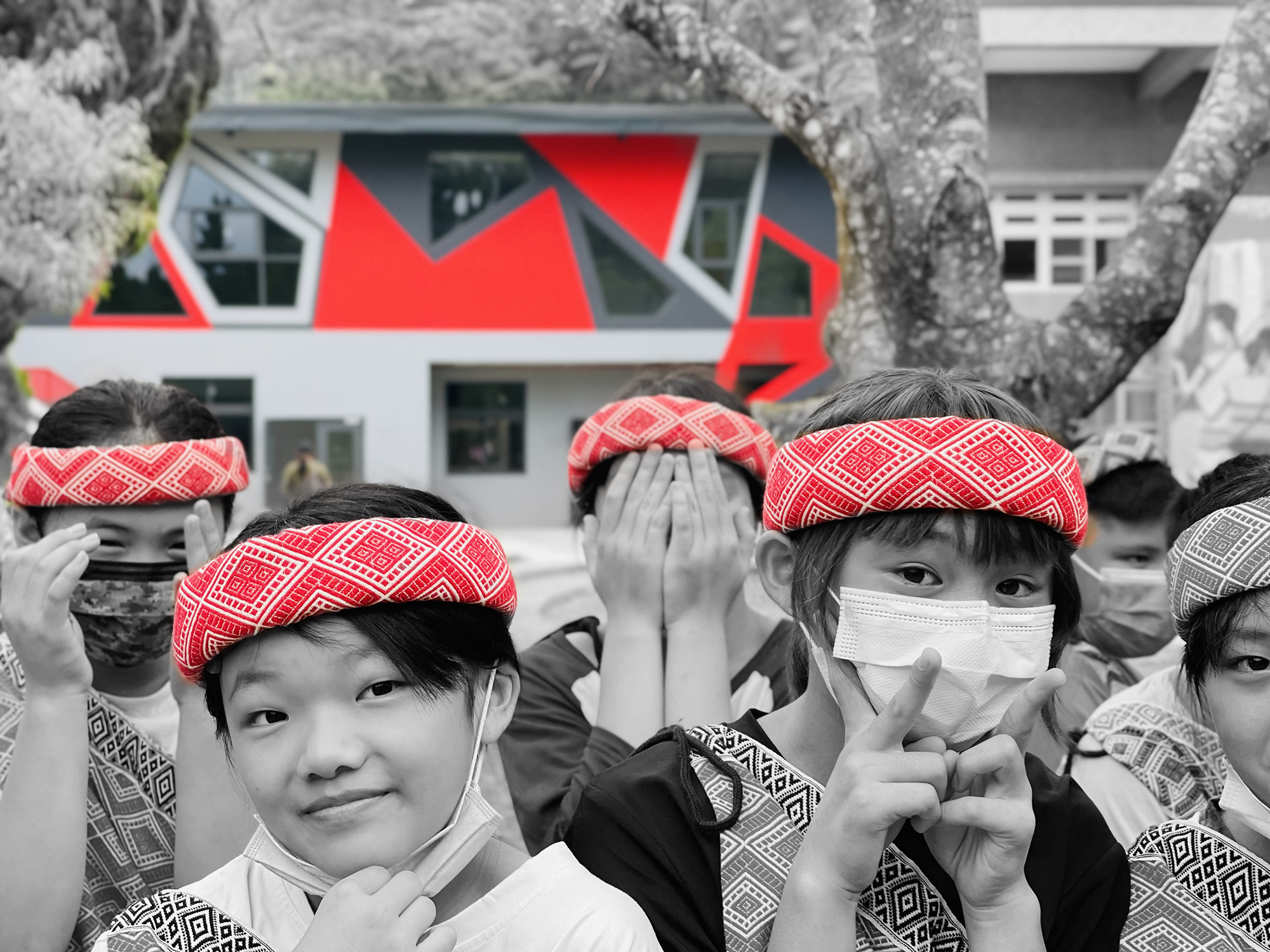
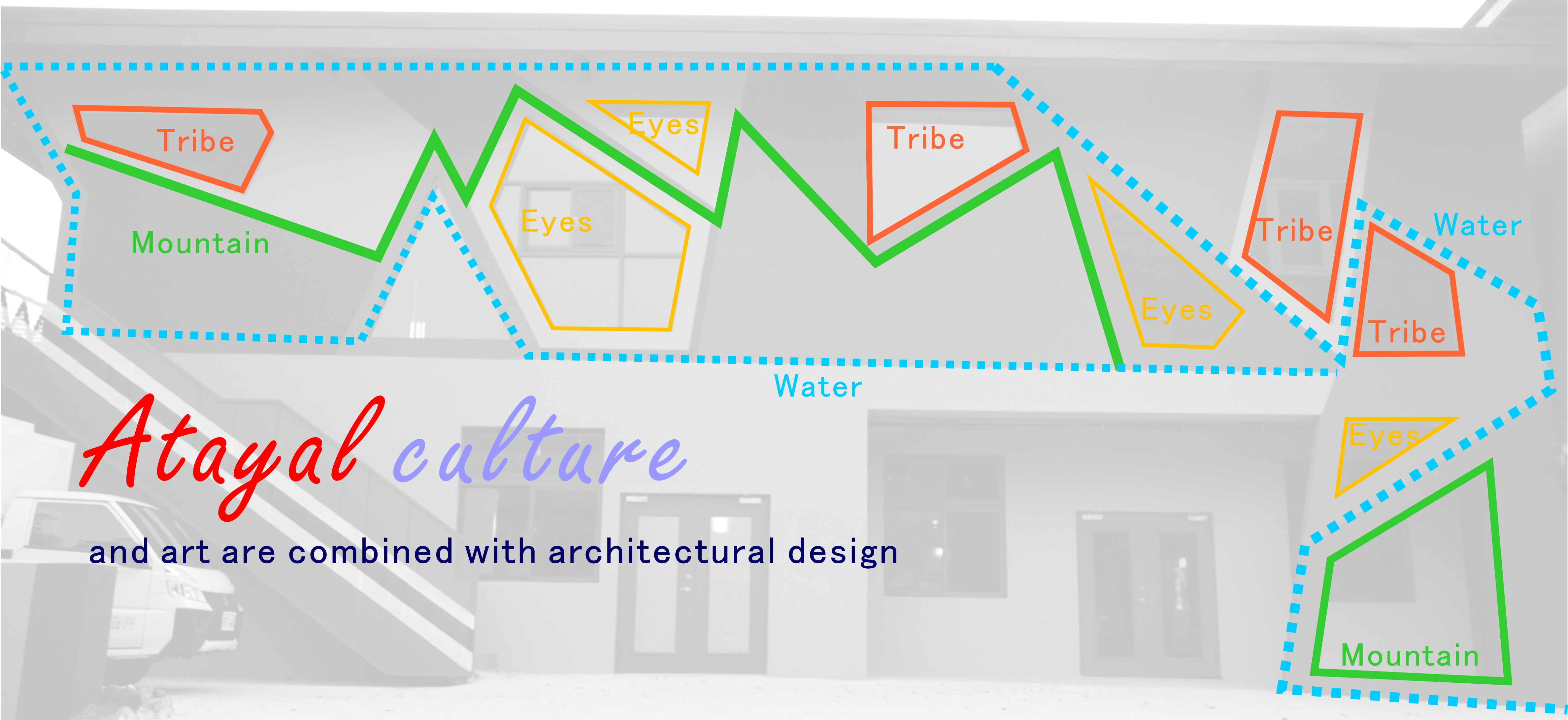
Image Credit : lin wei cheng architect
Project Overview
Xinle Elementary School, located in Jianshi Township, Hsinchu County, Taiwan, is an aboriginal Atayal school. The Atayal people have a wide distribution and have developed a variety of housing materials and forms. According to their functional forms, they can be divided into three types: family houses, auxiliary buildings of family houses, and public buildings. The Kitchen of Hope is a public facility. The function of the kitchen is to store grains such as millet, corn, sweet potato, taro, etc. The elevated building is used to prevent moisture and rodents. The building is not only environmentally friendly, but also uses aboriginal totems to highlight the nation's imprint.
Organisation
Team
Project Brief
Ptasan is a symbol of adulthood of the traditional Atayal people. It also has functions such as beauty and warding off evil spirits, representing traditional cultural values. Men go out to hunt people's heads or tattoo their faces after hunting; women can only tattoo their faces after learning to weave. The tribe believes that when the soul leaves the world and arrives at the ancestral residence, the ancestors will judge whether they are the descendants of the Atayal people according to the tattoo, so it also has religious significance. The Kitchen of Hope is not only a form that puts space into a frame, nor is it only a culinary value, but a huge artwork born in response to the life of the aborigines. The design features of the Atayal people are also displayed in the architecture. Mountains represent the living area of the Atayal people, water is the symbol of the Atayal people's sustainability, eyes are the care of the ancestors of the Atayal people, and the tribes are the reproduction and continuation of the Atayal family. Develop a unique style that belongs to the Aboriginal people.
Project Innovation/Need
The Kitchen of Hope does not stick to traditional architectural forms, and the natural light introduced from the large side windows brings different atmospheres to the interior space during the day and night. The roof covered with black and gray concrete tiles echoes the undulating landscape of Jianshi Mountain. The designer hopes that people who come here can integrate themselves into this familiar aboriginal style scene through the comprehensive perception of the body while being close to nature.
Design Challenge
Combining the red totem symbolizing positivity, enterprising spirit and vitality of the Atayal with the concept of rhombus and horizontal stripes as the basic elements into the design elements of the kitchen building is the practice of boldly matching the design styles of the aboriginal key schools.
Sustainability
Designing for the future. Sustainability needs design. We build high-quality water-permeable and water-retaining facilities around The Kitchen of Hope, promote the conservation and restoration of natural habitats and build a low-carbon sustainable campus, combine the elementary school curriculum of Atayal culture, promote environmental education, reduce carbon dioxide emissions in green buildings, and promote low-carbon eating, building a sustainable campus, complying with SDGs. The sky in Jianshi is so blue, the mountains are so green, and the wood is so dense. People in Jianshi Township who love nature bring these treasures into their school, connect the kitchen with the open universe, let the floor show the roughness and kindness of the soil, and let the trees together next the house. Grow up to savor the days that can precipitate the soul every day. And architect will pass these beautiful designs to all schools that look forward to dancing with nature, realizing the borderless aboriginal-style life.
Architecture - Public and Institutional - International
This award celebrates the design process and product of planning, designing and constructing form, space and ambience that reflect functional, technical, social, and aesthetic considerations. Consideration given for material selection, technology, light and shadow.
More Details


